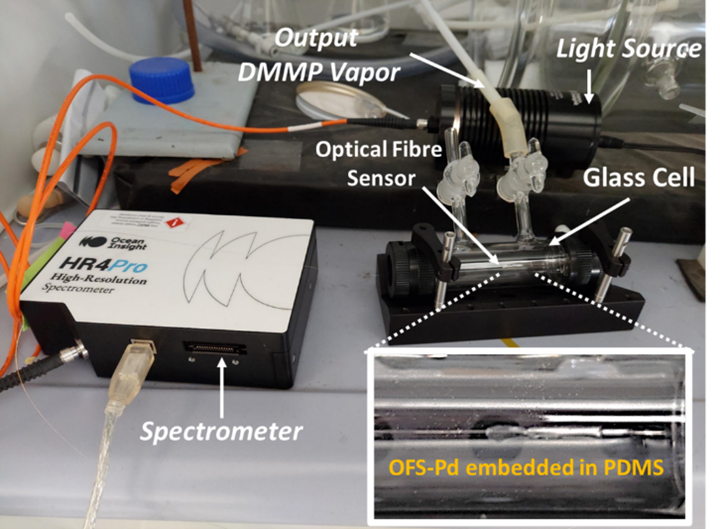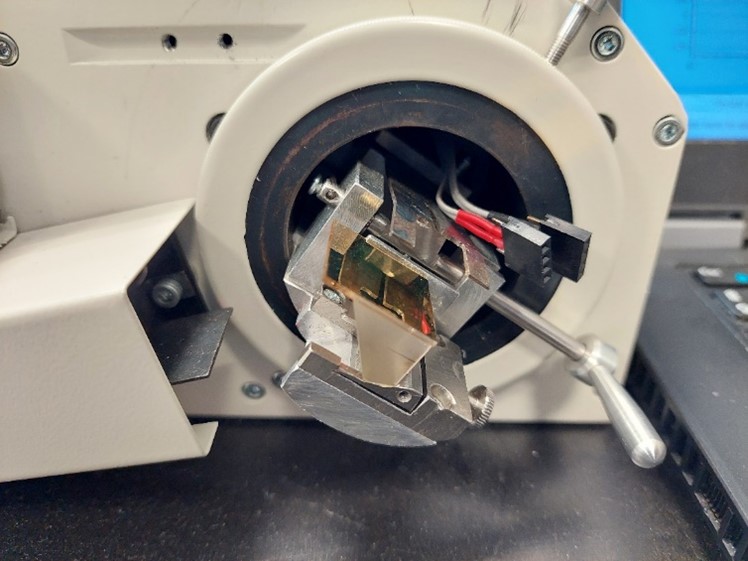Overview
The Interdisciplinary Sensors and Microwave Devices Laboratory Sensor is a new facility devoted to sensor and wireless device engineering implementation: from design to fabrication and testing. It is operative in a large range of operating frequencies, from a few MHz to visible light wavelengths; and allows development and testing of diverse technologies, including micro/nano fabrication, 3D printing, 2D printing, laser machining, MEMS, superconductivity and LTCC.
It can flexibly implement reconfigurable and fixed device topologies. Particularly tailored for wireless sensor development for the detection of gas, liquids, solids. The activity also focuses on microwave devices design and implementation for applications for future wireless communications systems and 6G networks.

The laboratory consists of three different sections, namely for one for sensing experimentation, one for device fabrication and one for testing. Configuration examples are illustrated in the figures below.
This is an experimental setup available for the characterization of gas sensors.
Next, one can find an illustration of the hydrogen measurement setup used when characterizing a low-cost microwave planar sensor.

Given the current focus on interdisciplinary microwave/optical sensors, the laboratory is equipped with an automated reflectometer, used to characterize optical sensors made on optical fiber and to perform prism-based measurements using the automated reflectometer.


The fabrication facility includes electroplating equipment, as well as 3D/2D printers and a wire bonding machine.


